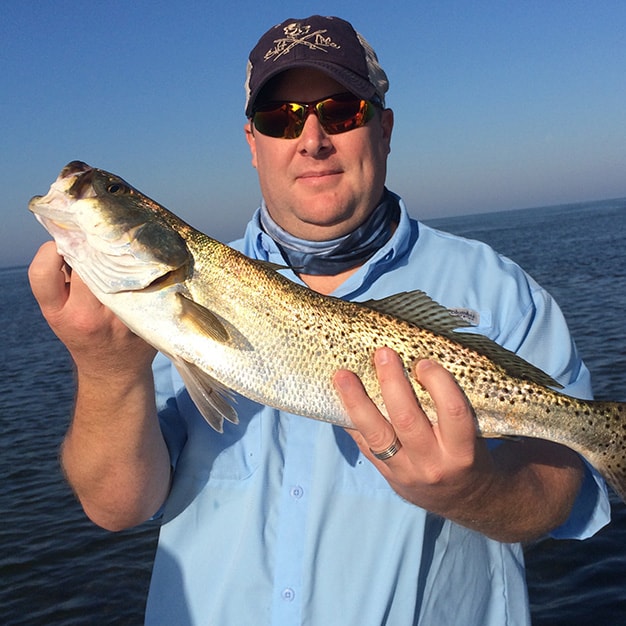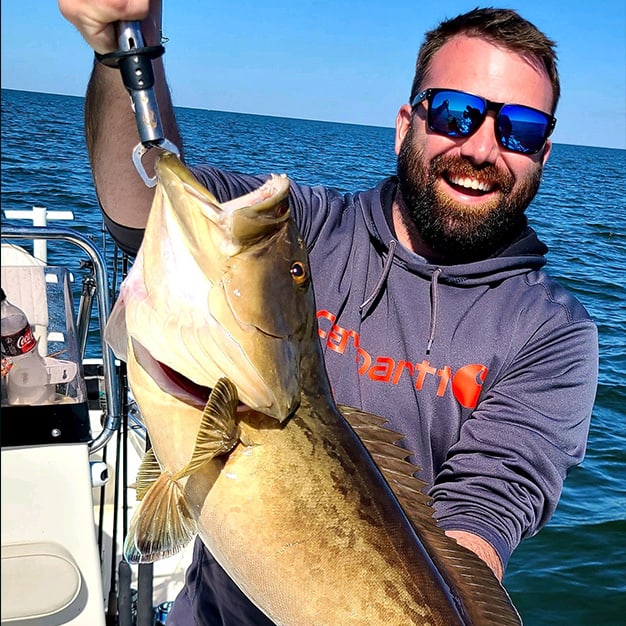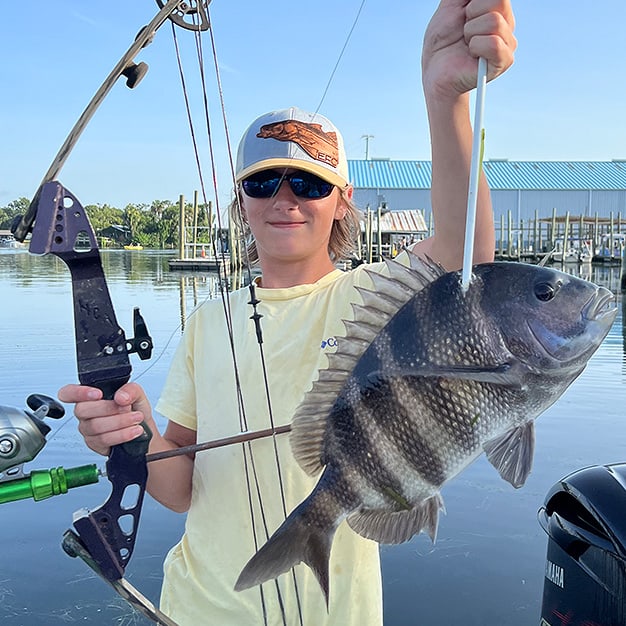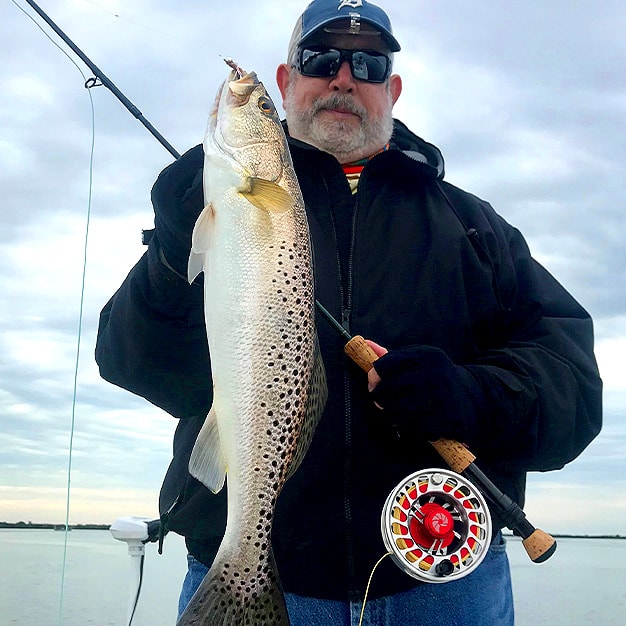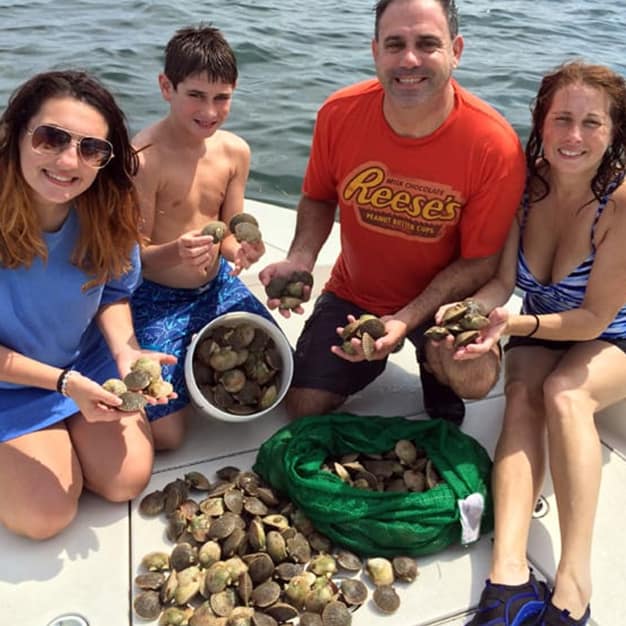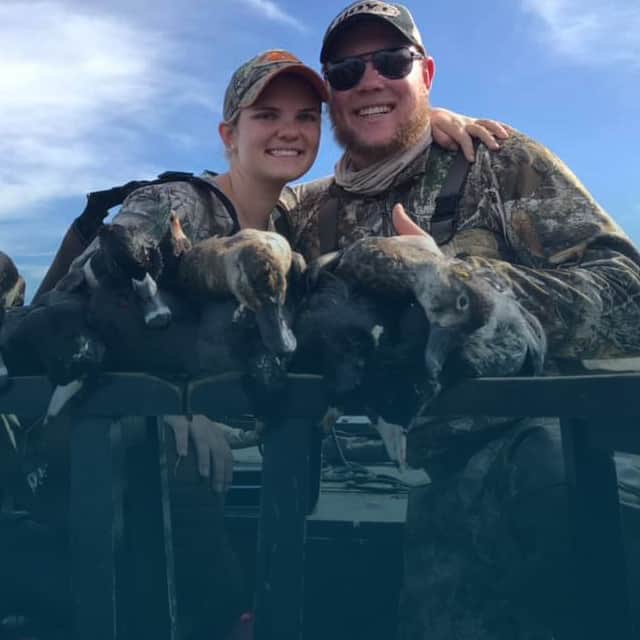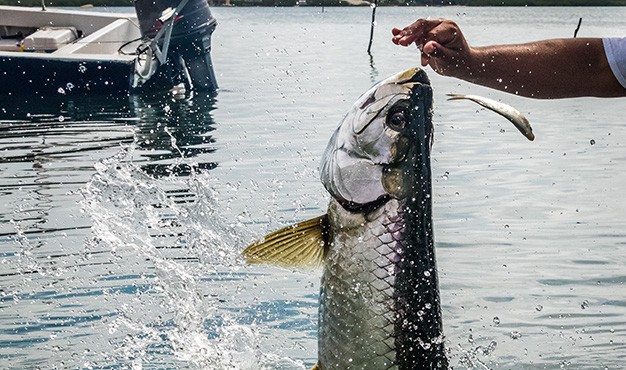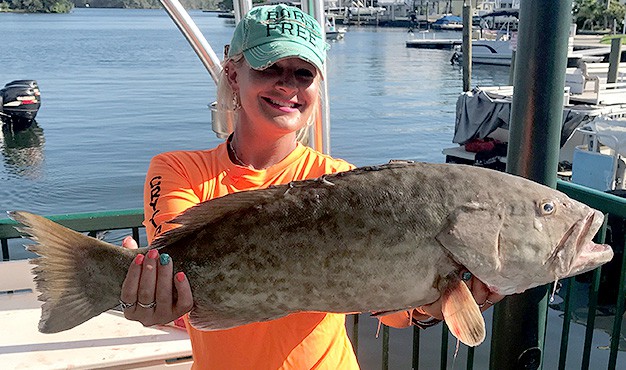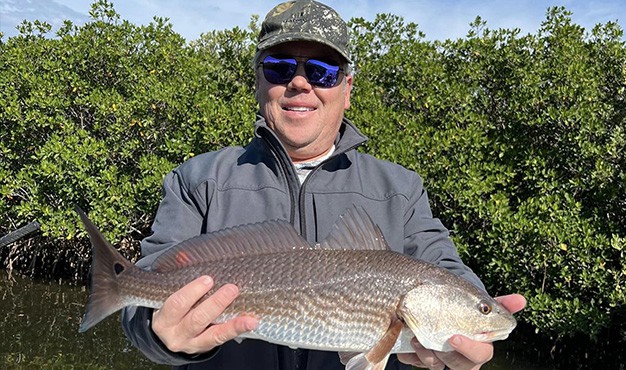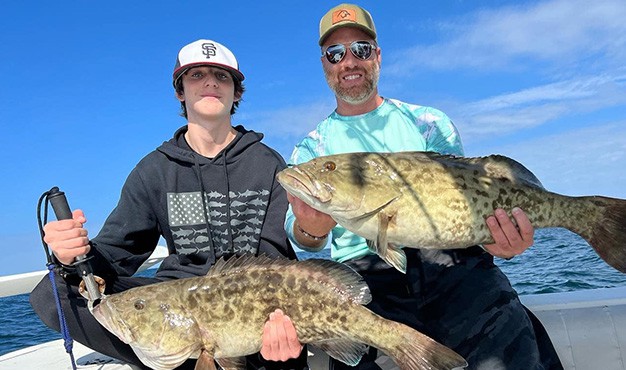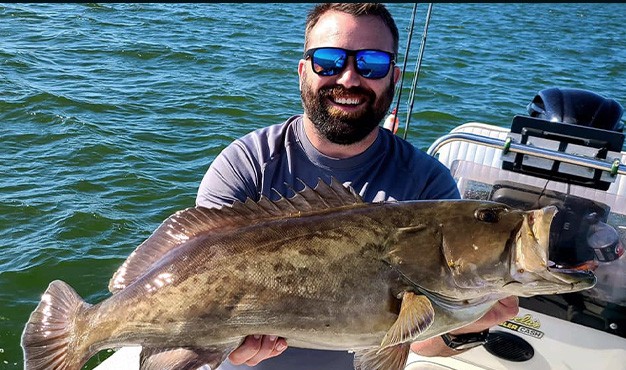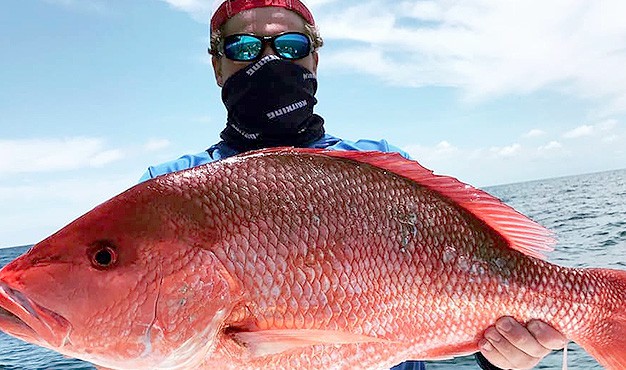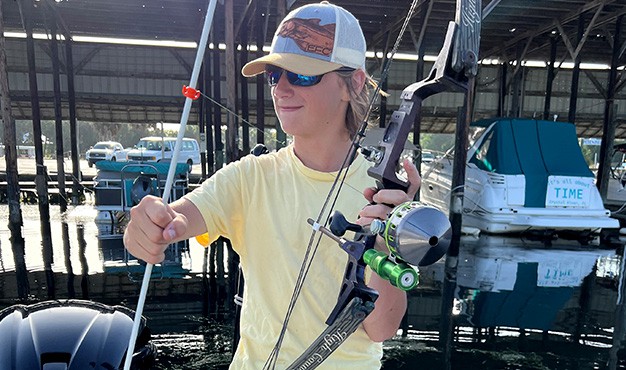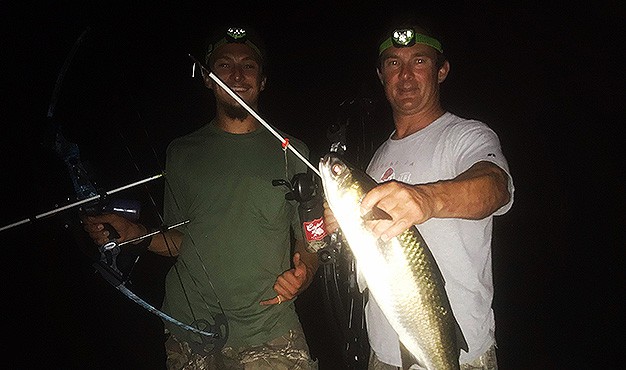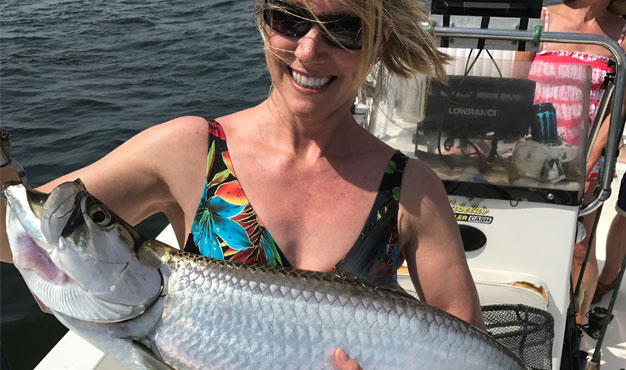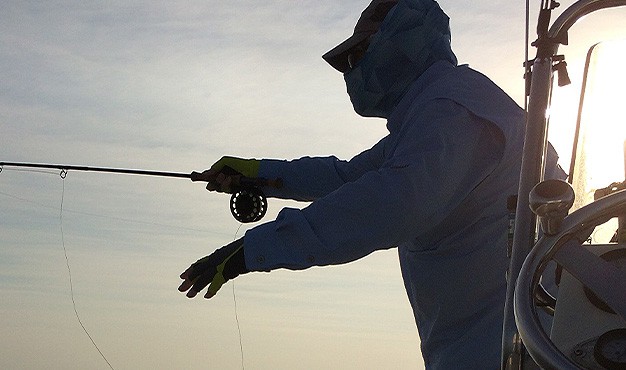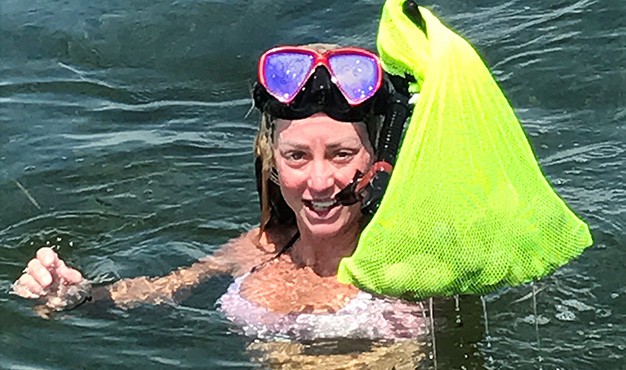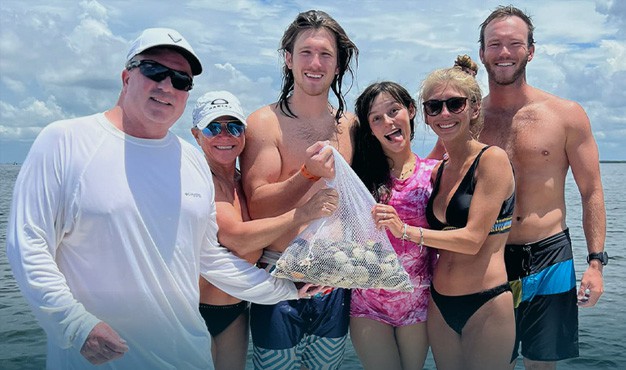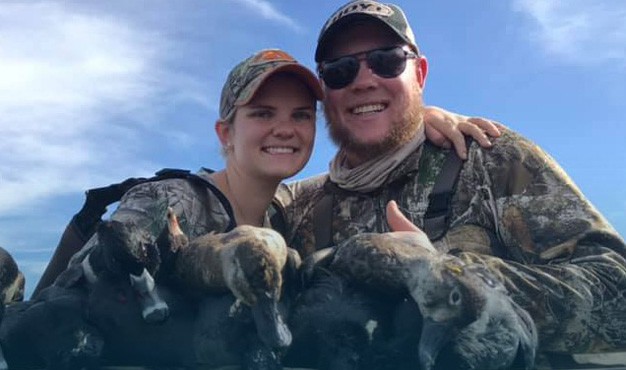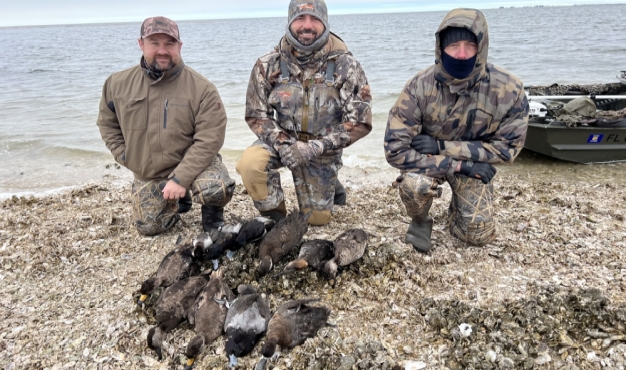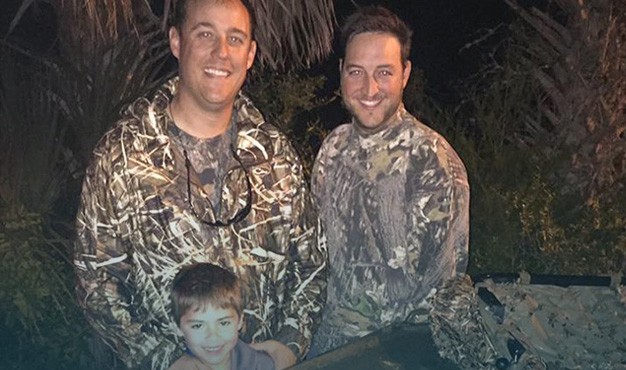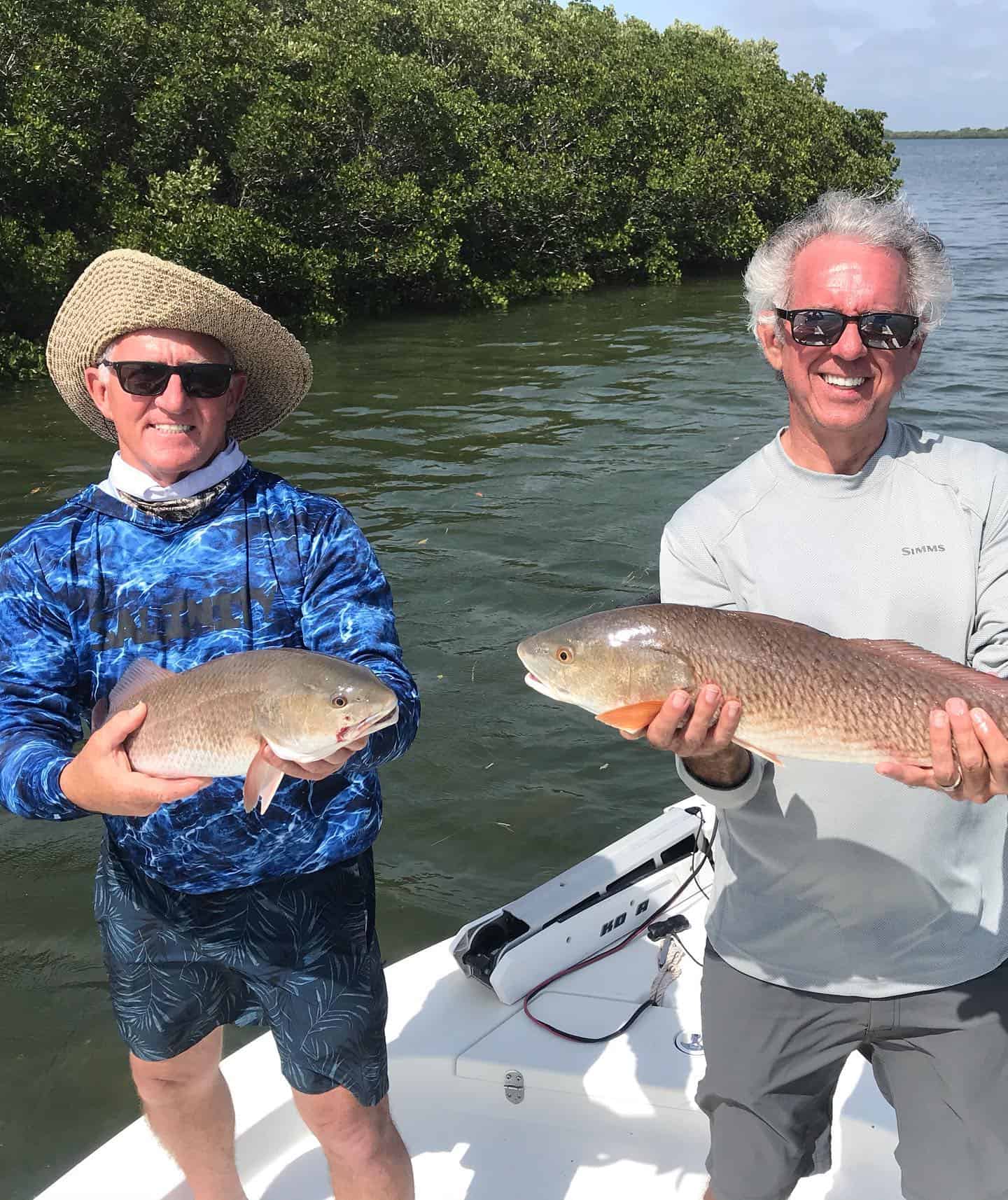
Fishing in Crystal River, Florida, is more than just a weekend hobby – it’s a passion, a tradition, and for many, a way of life. The region’s stunning waters, lush mangrove shorelines, and seagrass-covered flats provide the perfect backdrop for some of the best fishing in Florida. Whether you’re chasing redfish, speckled trout, snook, tarpon, or grouper, Crystal River’s ecosystem supports an incredible variety of fish, making it a top-tier destination for anglers of all skill levels.
But the very thing that makes Crystal River such a spectacular fishing spot – its rich biodiversity and pristine waters – needs protecting. Without active conservation efforts, the delicate balance of this ecosystem could be disrupted, leading to declining fish populations and a loss of habitat. Overfishing, habitat destruction, pollution, and climate change all pose serious threats to the waters we love.
At Salt River Outfitters, we’re committed to sustainable fishing and responsible conservation practices because we know that the future of our sport depends on it. In this blog, we’ll dive into the crucial role conservation plays in Crystal River’s fishing industry, explore the key efforts being made to protect our waters, and discuss how anglers like you can contribute to the long-term health of this wonderful fishing destination.
Why Conservation Matters in Crystal River
Crystal River is part of Florida’s Nature Coast, an area known for its relatively unspoiled environment and high biodiversity. This region is home to thousands of species of fish, birds, marine mammals, and invertebrates, many of which rely on the area’s estuaries and seagrass beds to thrive. The spring-fed waters of Crystal River and Kings Bay provide a unique, nutrient-rich environment that supports everything from tiny baitfish to massive tarpon.
However, as more people visit and fish these waters, the ecosystem faces increasing pressure. Boat traffic, coastal development, pollution, and overfishing can disrupt the natural balance, leading to habitat loss and declining fish populations. Without proper conservation efforts, the fishing we enjoy today may not be available for future generations.
The Economic and Cultural Importance of Fishing in Crystal River
Conservation is not just about preserving the environment – it’s also about ensuring the sustainability of the local fishing industry. Charter captains, fishing guides, and local businesses all depend on healthy fish populations to thrive. By taking care of our waters today, we help sustain the economy and protect the fishing traditions that make Crystal River special.
Beyond economics, fishing in Crystal River is deeply rooted in Florida’s heritage and culture. Families pass down fishing traditions from generation to generation, and the waters serve as a gathering place for outdoor enthusiasts. Without conservation, we risk losing not only an incredible resource but also a way of life that has defined the region for centuries.
Key Conservation Efforts in Crystal River
Thankfully, conservation groups, scientists, government agencies, and local anglers are all working together to ensure that Crystal River remains a premier fishing destination. Here’s a closer look at some of the most important efforts currently underway:
Seagrass Restoration Projects: Reviving Underwater Forests
Seagrass beds play a vital role in the marine ecosystem, providing food and shelter for countless species, improving water clarity, and reducing erosion. Unfortunately, boat propellers, coastal pollution, and algal growth have led to widespread seagrass loss in Crystal River. When these underwater meadows disappear, so do the fish that depend on them.
To combat this, organizations like Save Crystal River and the Florida Fish and Wildlife Conservation Commission (FWC) have launched large-scale seagrass restoration projects. These initiatives involve:
- Removing harmful algae that smother seagrass beds and disrupt natural growth.
- Replanting native seagrasses to restore lost habitats.
- Educating boaters and anglers about seagrass protection zones and responsible boating practices.
By supporting and spreading awareness about these efforts, anglers can help ensure that seagrass beds continue to provide habitat for fish and wildlife for generations to come.
The Importance of Mangroves and Oyster Reefs in the Ecosystem
Seagrass beds aren’t the only critical habitat in Crystal River – mangrove forests and oyster reefs play a huge role in maintaining healthy fish populations. Mangroves act as nurseries for juvenile fish, offering protection from predators while providing an abundant food source. Additionally, their root systems help prevent coastal erosion and filter pollutants from the water.
Oyster reefs, on the other hand, are natural water filters, improving clarity and quality by removing excess nitrogen from the water. They also serve as habitat for species like sheepshead, redfish, and juvenile snapper. Conservation programs that focus on mangrove planting and oyster reef restoration contribute significantly to maintaining a thriving ecosystem.
Catch and Release Best Practices: Helping Fish Survive
Catch and release fishing is one of the most effective ways to promote conservation while still enjoying the sport. However, if fish aren’t handled properly, their chances of survival can be greatly reduced. A fish that appears to swim away after release may later die due to stress or injuries.
To improve survival rates, anglers should follow these best practices:
- Use circle hooks whenever possible. These hooks are designed to reduce deep hooking, making it easier to release fish unharmed.
- Handle fish with care and keep them in the water as much as possible. If you need to lift a fish for a photo, do so quickly and use wet hands or a rubberized landing net to minimize damage to its slime coat.
- Revive tired fish before releasing them, especially after a long fight. Hold the fish gently in the water and move it back and forth to help oxygenate its gills before letting it swim away.
By making small changes in how we handle fish, we can significantly improve their survival rates, ensuring that future generations of anglers will have the opportunity to catch them.
Slot Limits and Bag Regulations: Protecting Fish Populations
Fishing regulations, including slot limits and bag limits, are in place to help maintain healthy fish stocks. These rules are designed to protect breeding fish while still allowing sustainable harvests.
For example:
- Redfish regulations often specify that anglers can only keep one fish per day within a designated size range to protect juvenile and breeding-size fish.
- Snook fishing is subject to seasonal closures to protect spawning fish and prevent overharvesting.
- Spotted seatrout limits help prevent population declines while ensuring a steady fishery for recreational anglers.
Following these regulations is not just a legal requirement – it’s essential for keeping our fishery healthy. By respecting these limits and reporting any violations, we can all contribute to a balanced ecosystem.
Artificial Reef Programs: Creating New Habitats
Natural reefs and rocky structures are crucial habitats for many fish species, but these areas can become overfished and degraded over time. To provide alternative habitats and reduce pressure on natural reef systems, Florida has implemented artificial reef programs.
Artificial reefs are created by strategically placing concrete structures, steel materials, and even old ships in offshore waters. Over time, these reefs attract marine life, creating thriving ecosystems where fish like grouper, snapper, and amberjack can find shelter and food.
Crystal River benefits from several artificial reef projects, providing exciting new fishing opportunities while also relieving pressure on natural reef systems.
The Role of Eco-Tourism in Conservation
Crystal River isn’t just a fishing hubspot – it’s also famous for eco-tourism, particularly manatee encounters, kayaking, and birdwatching. The balance between tourism and conservation is crucial, as increased human activity can impact water quality, seagrass health, and wildlife behavior.
Eco-tourism, such as guided, environmentally responsible tours and regulations to protect manatee habitats, play a major role in ensuring that wildlife and marine ecosystems remain undisturbed. Anglers and boaters can support conservation by adhering to no-wake zones, keeping a respectful distance from wildlife, and avoiding pollution. By aligning fishing practices with eco-conscious tourism, we can help preserve Crystal River’s natural beauty while still enjoying all it has to offer.
Reducing Pollution and Plastic Waste: Keeping Waters Clean
Pollution, especially from plastics and chemicals, poses one of the greatest threats to marine ecosystems. Fishing line, plastic bottles, and other debris can harm fish, birds, and sea turtles, leading to unnecessary deaths.
As anglers, we can do our part by:
- Properly disposing of fishing line and trash. Monofilament fishing line takes centuries to break down and can entangle wildlife.
- Choosing biodegradable tackle and lures. Many companies now offer eco-friendly fishing gear.
- Picking up trash when we see it. A simple act like removing plastic from the water can make a big difference.
By keeping our waterways clean, we ensure a healthier environment for both fish and anglers.
How Climate Change Affects Crystal River Fishing
Rising water temperatures, extreme weather events, and changing salinity levels can all impact fish behavior, spawning patterns, and overall fish populations in Crystal River. Warmer waters can lead to increased algal blooms, which suffocate seagrass beds and reduce oxygen levels in the water. Meanwhile, stronger storms and hurricanes can damage vital habitats like mangroves and reefs.
Conservation efforts such as wetland restoration, sustainable fishing limits, and habitat protection can help mitigate some of these effects. Educating anglers about climate-related changes in fish behavior – such as shifting migration patterns – can also help them adjust strategies while continuing to fish responsibly.
How You Can Help as an Angler
Conservation isn’t just the responsibility of scientists and government agencies – it’s something that every angler can take part in. Whether you’re a local fisherman or visiting Crystal River for the first time, here are some ways you can make a difference:
- Follow all fishing regulations and stay informed about any changes in laws.
- Respect fish during spawning seasons. Even if certain species are in season, consider releasing large breeding fish to support future populations.
- Practice ethical angling techniques, including proper catch and release.
- Use non-toxic fishing tackle. Lead-based sinkers and weights can be harmful to fish and birds if ingested. Alternatives like tungsten or steel are more environmentally friendly.
- Support conservation organizations like Save Crystal River and local habitat restoration projects. Whether it’s donating to a local restoration project, participating in a coastal cleanup, or simply spreading awareness, small actions make a big impact.
- Use responsible boating practices to avoid damaging seagrass beds. Excessive speed and noise can disturb marine life and erode shorelines. Sticking to designated channels and avoiding shallow seagrass areas helps protect the ecosystem.
- Educate fellow anglers and share knowledge to encourage sustainable fishing practices.
By making conservation a priority, we can help ensure that Crystal River remains one of the best fishing destinations in Florida for years to come.
The Future of Fishing in Crystal River
The health of Crystal River’s waters directly impacts the quality of fishing experiences we enjoy today. Thanks to ongoing conservation efforts, we’re seeing improvements in seagrass health, fish populations, and overall water quality – but there’s still work to be done.
As anglers, we have the power to be part of the solution. By practicing responsible fishing, supporting habitat restoration, and advocating for conservation, we can ensure that Crystal River remains a thriving fishing destination for generations to come.
Book a Trip with Salt River Outfitters
Ready to experience the magic of Crystal River fishing? At Salt River Outfitters, we are dedicated to providing unforgettable fishing adventures while prioritizing conservation. Whether you’re after redfish, snook, tarpon, or grouper, we’ll help you make lasting memories while respecting the waters we love!

